The Physics of Quantum Mechanics in Quantum Communication
Introduction
Quantum mechanics, a fundamental theory in physics, describes nature at the smallest scales of energy levels of atoms and subatomic particles. It introduces concepts that are radically different from those used in classical physics, such as superposition and entanglement. These quantum phenomena have been exploited in the development of quantum communication, a key component of the emerging field of quantum information science.


Quantum Mechanics
Quantum mechanics is the branch of physics dealing with the mathematical description of the motion and interaction of subatomic particles. It incorporates the quantum theory, which explains the nature and behavior of matter and energy at the quantum (atomic and subatomic) level.
Wave-Particle Duality
One of the fundamental concepts in quantum mechanics is wave-particle duality. This principle asserts that all particles exhibit both wave and particle properties. A central feature of quantum mechanics, this duality addresses the inability of classical concepts like "particle" and "wave" to fully describe the behavior of quantum-scale objects.

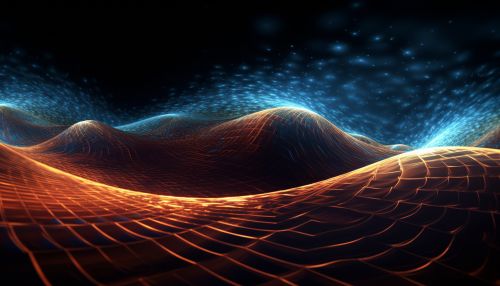
Superposition
Superposition is another fundamental principle of quantum mechanics. It holds that any two (or more) quantum states can be added together, or "superposed," and the result will be another valid quantum state. Conversely, every quantum state can be represented as a sum of two or more other distinct states. The principle of superposition leads to the quantum interference of states.
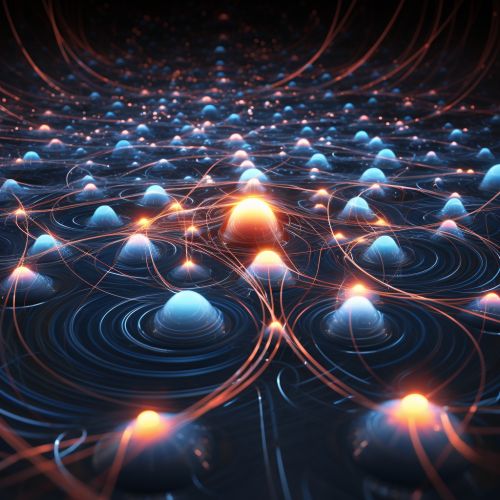
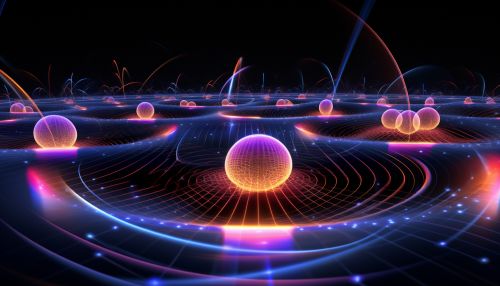
Entanglement
Quantum entanglement is a physical phenomenon that occurs when pairs or groups of particles interact in ways such that the quantum state of each particle cannot be described independently of the state of the others, even when the particles are separated by a large distance. This feature of quantum mechanics, as well as the principle of superposition, are fundamental to quantum communication.
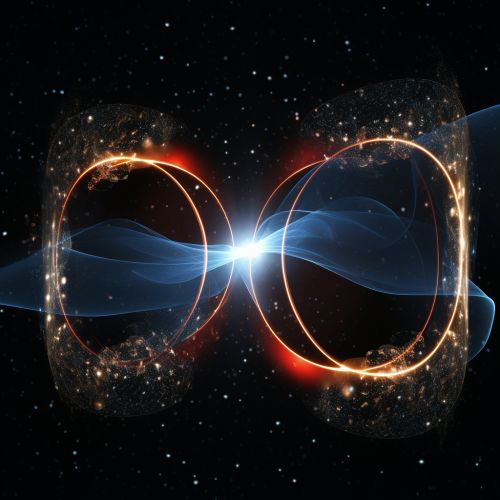
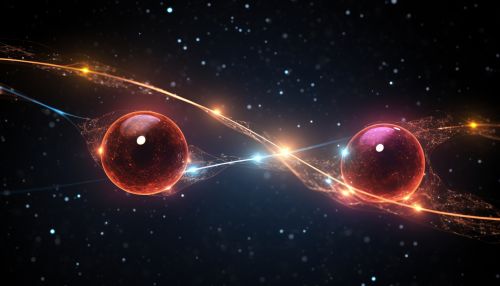
Quantum Communication
Quantum communication is the field of applied quantum physics closely related to quantum information processing and quantum teleportation. Its most interesting application is protecting information channels against eavesdropping by means of quantum cryptography.
Quantum Cryptography
Quantum cryptography is the science of exploiting quantum mechanical properties to perform cryptographic tasks. The best-known example of quantum cryptography is quantum key distribution (QKD), which offers an information-theoretically secure solution to the key exchange problem. The advantage of quantum cryptography lies in the fact that it allows the completion of various cryptographic tasks that are proven or conjectured to be impossible using only classical (i.e. non-quantum) communication.


Quantum Teleportation
Quantum teleportation is a process by which quantum information (e.g. the exact state of an atom or photon) can be transmitted (exactly, in principle) from one location to another, with the help of classical communication and previously shared quantum entanglement between the sending and receiving location. Quantum teleportation is used in quantum communication and quantum computing.


Conclusion
The physics of quantum mechanics plays a crucial role in the development of quantum communication. The principles of wave-particle duality, superposition, and entanglement provide the basis for technologies such as quantum cryptography and quantum teleportation. As our understanding of quantum mechanics continues to deepen, we can expect to see further advancements in the field of quantum communication.
